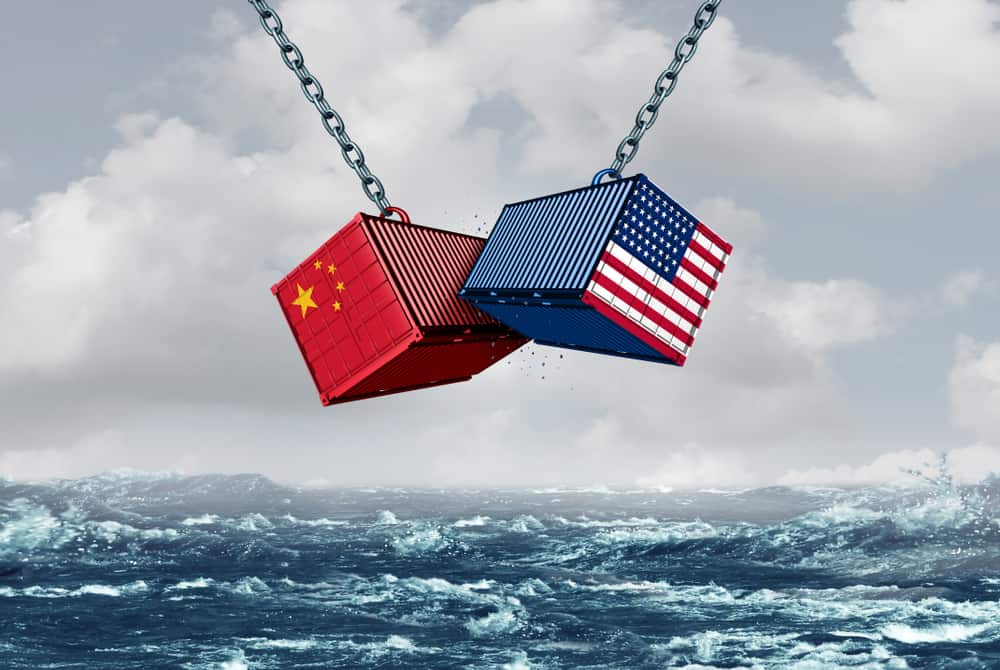With tariffs on Chinese goods back in the news, here is an overview of Section 301 Tariffs and how they came to be between the two countries.
On May 29, 2018, President Trump announced that the U.S. Trade Representative (USTR) would announce by June 15th the imposition of an additional duty of 25 percent on approximately $34 billion worth of Chinese imports containing industrially significant technologies, including those related to the “Made in China 2025” industrial policy.
The USTR investigation determined that China’s technology transfer, intellectual property, and innovation policies and practices are “unreasonable and discriminatory, and burden U.S. commerce.”
Section 301 of the Trade Act of 1974 provides the Executive Branch with the authority to respond to unfair, unreasonable, or discriminatory trade practices and gives the USTR the ability to take action to compel another country to eliminate the offending act, policy, or practice, with the president’s approval.
Notably, Section 301 allows the U.S. to respond not only through actions specifically related to trade in goods and services, but in any pertinent area of relations with the other country.
What are the additional tariff rates identified by the USTR for these Section 301 tariffs?
The list of products identified by the USTR will be subject to an additional 25% duty upon entry.
These rates are independent of, and in addition to, any normal duties and/or Anti-Dumping or Countervailing Duties which may also apply.
When did these tariffs take effect?
Per the USTR, these additional tariffs took effect on shipments arriving or withdrawn from a warehouse starting at 12:01 AM EDT on Friday, July 6, 2018.
How long will these tariffs last?
Unlike Safeguard duties which have an expiration date, the announcement does not specify an end date for the application of the Section 301 tariffs. Therefore, importers should expect these Section 301 tariffs to remain in effect for the foreseeable future.
The Section 301 tariffs apply to products of China. Are products of Hong Kong, Taiwan or Macau included in this action?
Based on current guidance, the additional Section 301 duties will apply to products with the country of origin of China. At this time, CBP has received no indication that the 301 remedy is intended to cover articles that are legitimately the product of Hong Kong.
Additionally, per CBP, products with a country of origin of Macau are also not subject to the Section 301 tariffs.
On July 6, 2018, the U.S. Trade Representative (USTR) implemented the imposition of an additional 25% duty on $34 billion on certain Chinese imports that contain “industrially significant technologies.”
The finalized list of the 818 products subjected to the new tariffs can be found on the USTR website using by clicking here.
On June 15, 2018, the USTR subsequently announced a proposed second list of 284 additional subheadings, worth $16 billion, subject to 25% additional tariffs. The comment period for this list ended July 23, 2018. The finalized list of affected tariffs can be found by clicking here.
The duties for all but a handful of these tariffs went into effect on August 23rd, 2018.
And on July 10th, a third list encompassing 6,031 items, that may be subjected to 10% (or possibly 25%) additional duties and valued at $200 billion, was released. A complete list of the products subjected to the tariffs can be found by clicking here.




